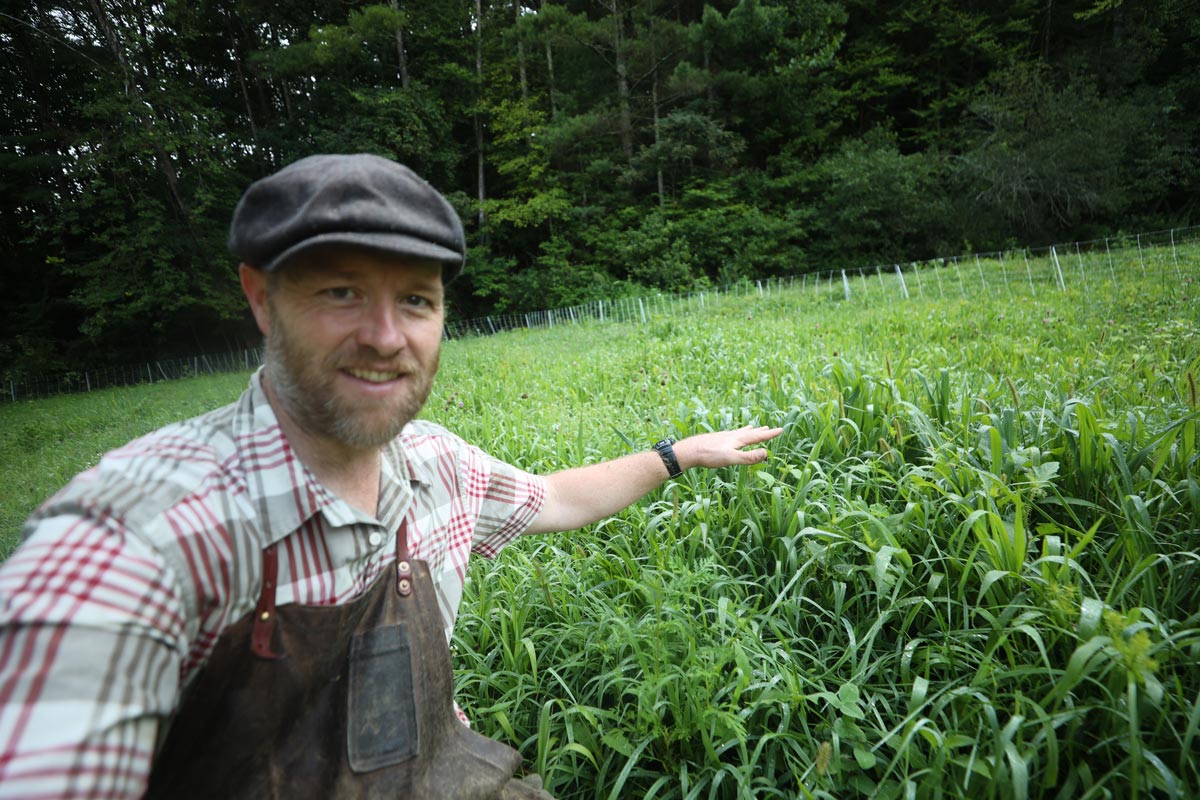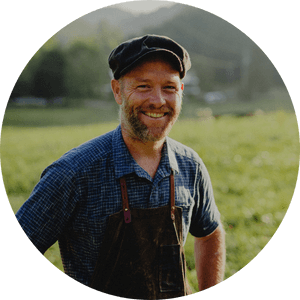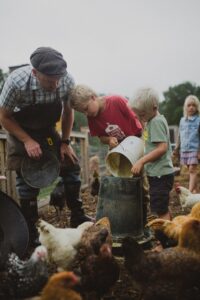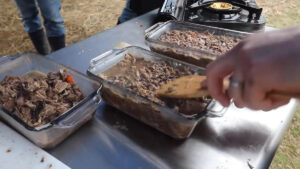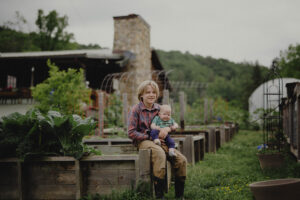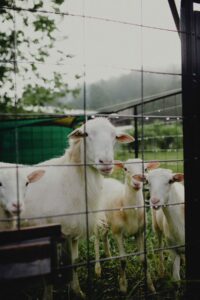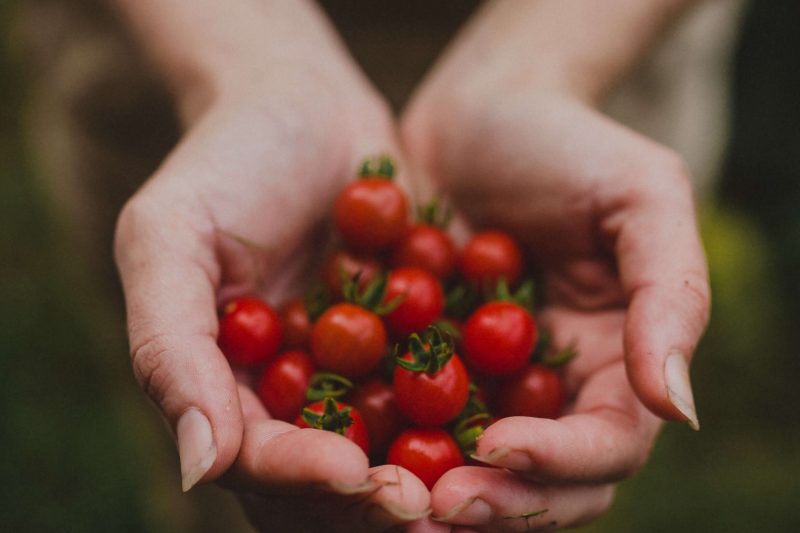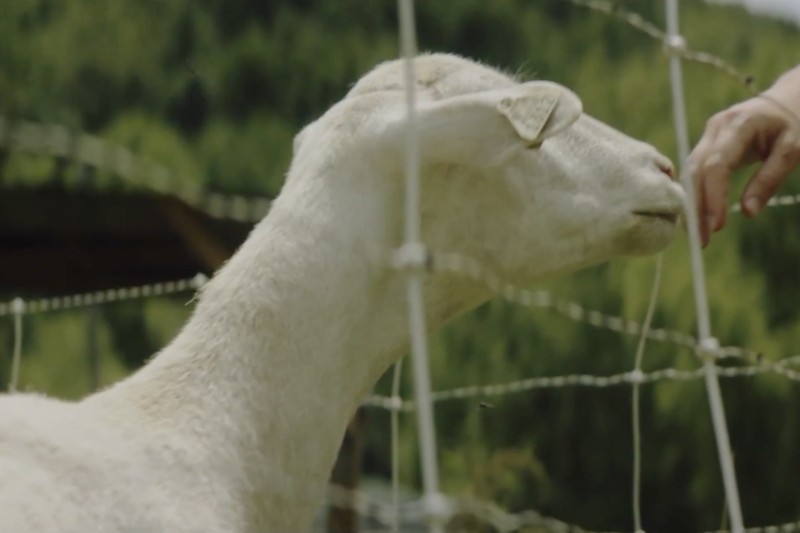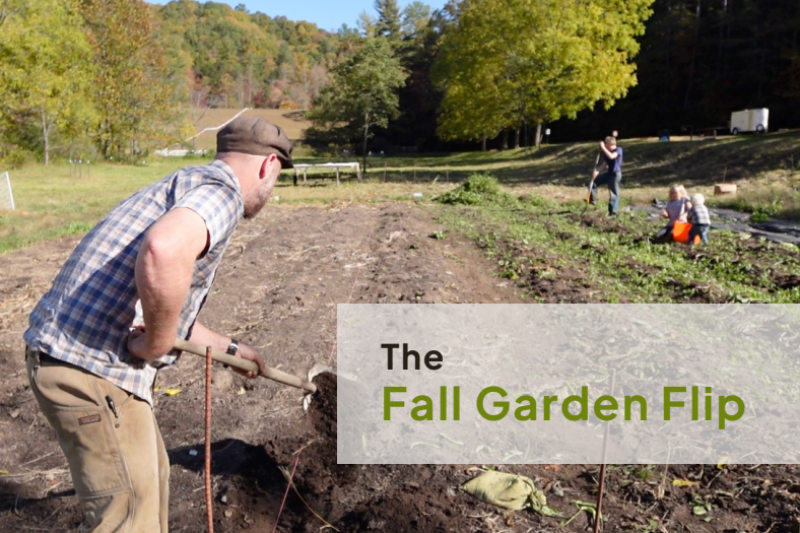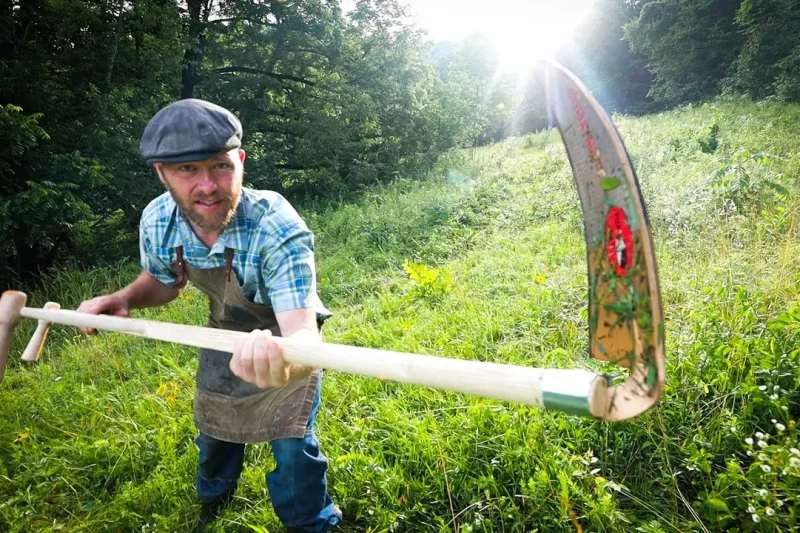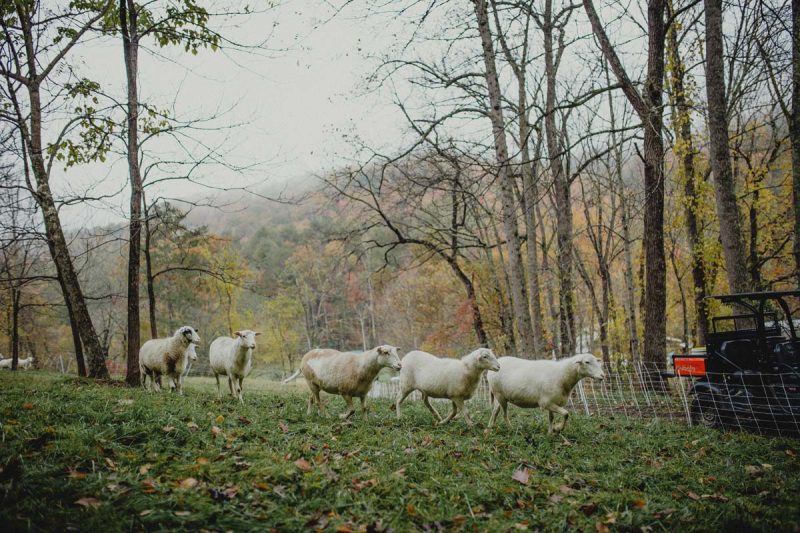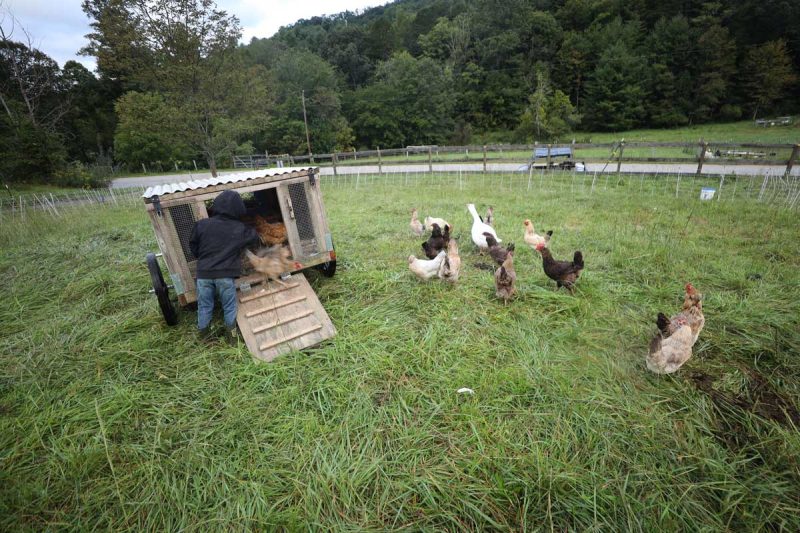I had the pleasure of interviewing Shawn and Beth Dougherty, who are a wealth of information when it comes to all things homesteading, but more specifically, those first steps of what to do on a homestead.
Shawn and Beth are constantly reminding me that on a homestead, whatever can go wrong probably will. But that doesn’t necessarily mean you did it wrong!
This homesteading life is a process. Embrace it. Take your time. Get acquainted with the land and see how it changes over a year’s time.
The Dougherty’s biggest piece of advice when on a new property is to let the land tell you how to homestead. This may sound strange, but stick with me for a bit.
It’s not a wise idea to make significant changes to your land until you know what the different seasons bring and what exactly is needed, especially when it comes to expensive investments, such as permanent fences and structures.
Instead, know what’s essential right now. Get those things established and then observe what happens over a year’s time.
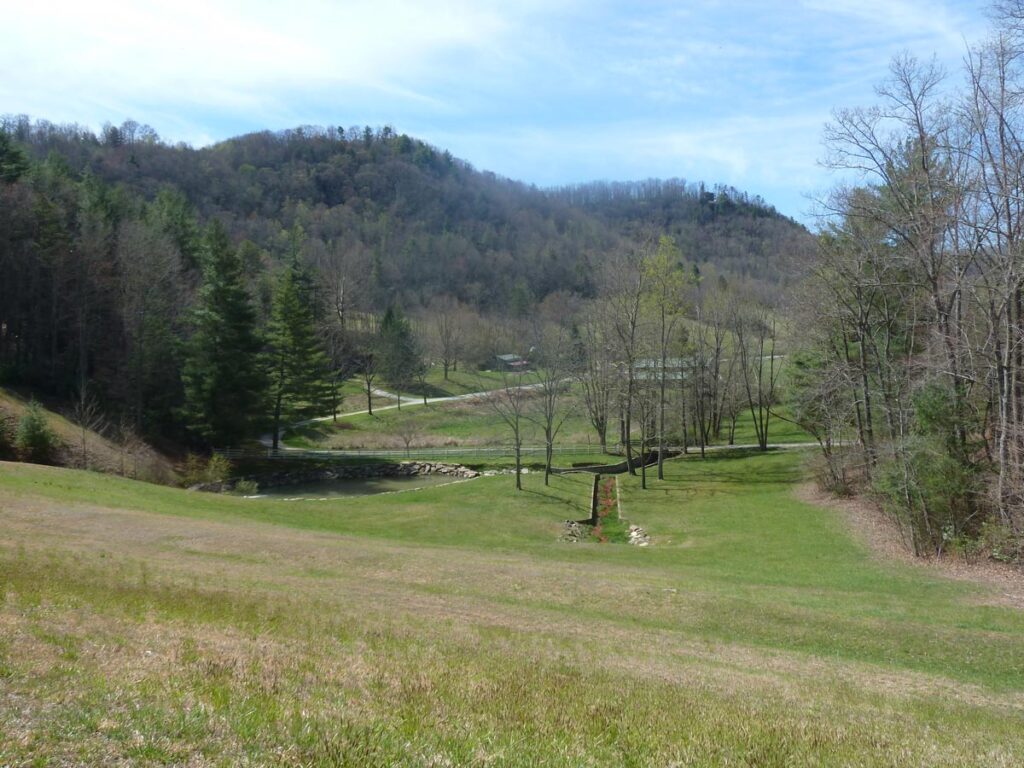
What the Land Will Tell You
Let the land and farm tell you what it’s good for. You can stay away from the perfect Fisher-Price idea of a farm. The one where the cows have the ideal fence and the house is in the perfect spot next to the flat garden in front of the model forest.
Chances are these properties are already bought because they are costly. Your joy will be to take your imperfect land and turn it into the perfect homestead that’s just right for you! Here are a few specific things to remember:
- Your farm is the best teacher and will tell you what to do.
- Hopefully, you have five to ten acres that have not been affected by the human factor and have yet to be wholly hauled over by tractors.
- There should be a combination of possible garden areas, grazing pastures, and even wild edges.
- Most importantly, any piece of land can be a farm.
What is Essential
Shawn and Beth say you can farm any piece of land (except for the desert), but not every piece of land is as simple as another. Water and sunlight are essential, but everything else can be fixed.
So when you want to homestead, the first thing you want to do is to manage the capturing of sunlight and water. So what does that look like?
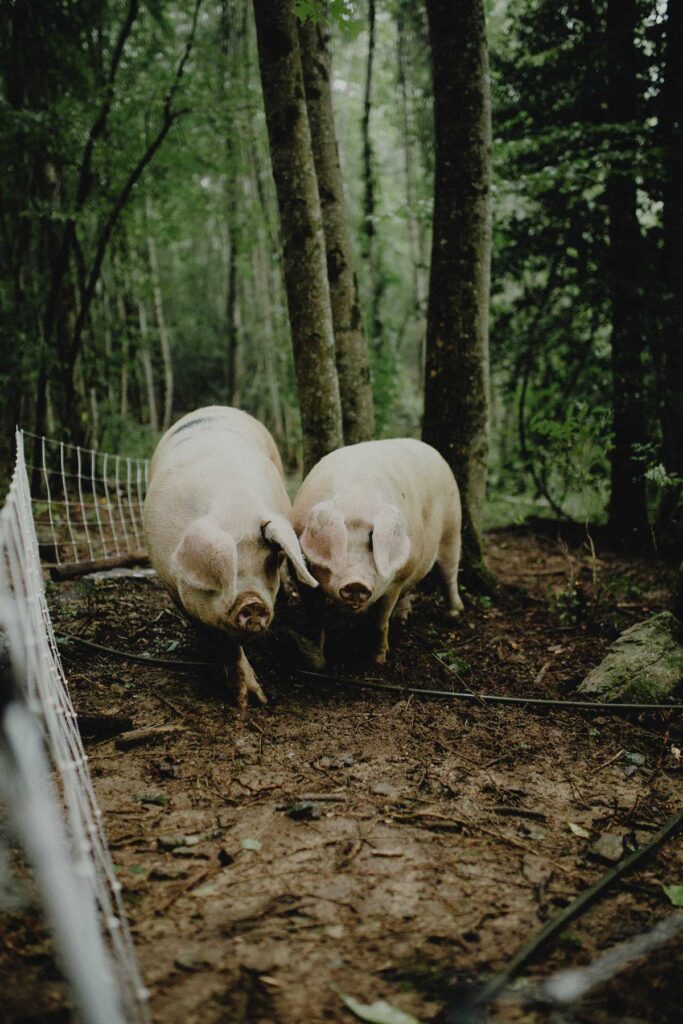
Utilize Animals to Rehabilitate the Land
Your land is capturing sunlight. In fact, grasslands are one of the best solar panels on this earth! But grass isn’t the only thing that captures sunlight.
What’s capturing sunlight on your homestead?
- Trees?
- Brush?
- Grasses?
- Weeds?
Take inventory of what’s growing to know best how to manage it.
Non-woody plants (like weeds and grasses) are usually symbiotic with your lawnmower, meaning you can take care of them yourself. But why create all that work? The better way to manage these plants is with animals.
As the animals eat the plants, they will rejuvenate the land. Turning it into a resource instead of a problem. What was once a field of weeds, may soon be transformed into a lush grassland.
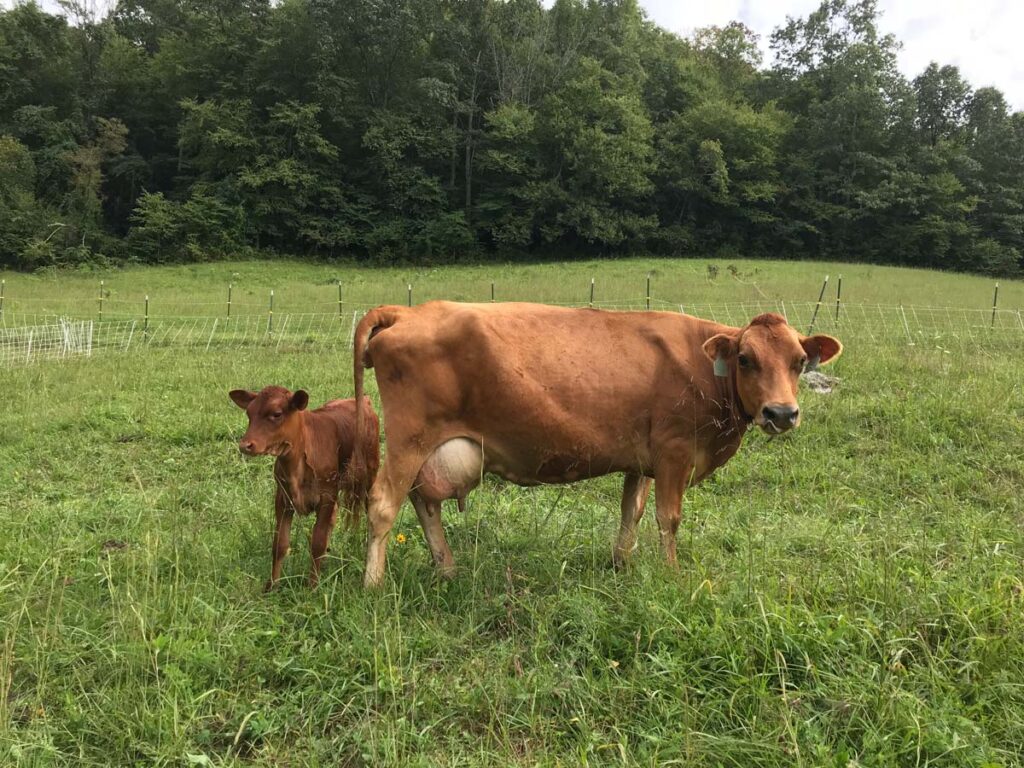
What Type of Animal is Best?
There’s a correct type of animal for every land and plant type.
For instance, an area overgrown by brush may be the perfect food for goats. Another type of overgrowth may be what cows can eat. And an overgrown edge of the forest can work perfectly for a handful of pigs.
You’ll need to find the correct match and get those animals rehabilitating the land for you. They will eat the overgrown plants while creating new growth and fertilizing the land at the same time. It’s the perfect symbiotic relationship.
Before you know it, your land will be transformed into an incredible and usable space. In fact, in just three days, your animal will tell you how it is going.
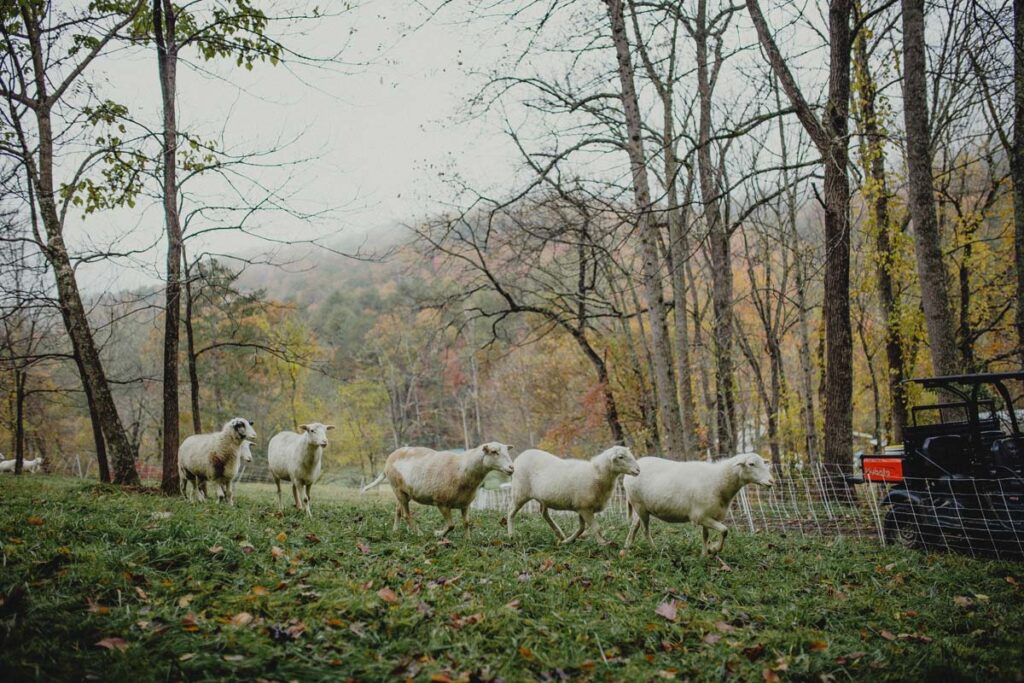
Grow Food, Not Grass
By matching up the correct animal with the specific overgrowth on your property, you can rehabilitate the land and grow food for your freezer!
After the suitable animals have done their work, you have turned your land into a place that provides not only soil and animal food but also people food!
But there is a method to the madness. Don’t just let those animals loose on an entire area. Make sure you’re working sustainably or else animals can end up doing more harm than good.
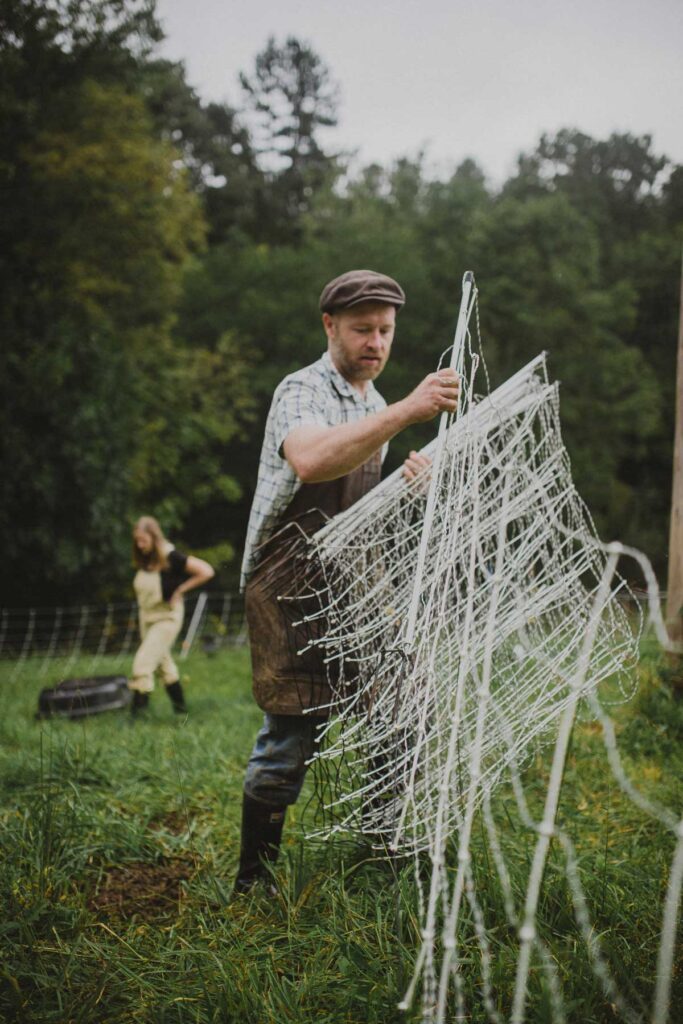
Fencing – Necessary or Not?
Most people would say fencing is essential. But it may not be. Your land may provide its own perimeter fence with wooded edge areas or even steep cliffs. Most of your animals will stay away from areas such as these, so laying out the upfront expense for a fence may not be necessary.
This is all property dependent.
Even if you know you’ll need some fencing put up, I’d recommend starting with portable fencing until you really get the feel for the layout of your land.
After a year, the fences you put up now may not be in the places where they make the most sense later on.
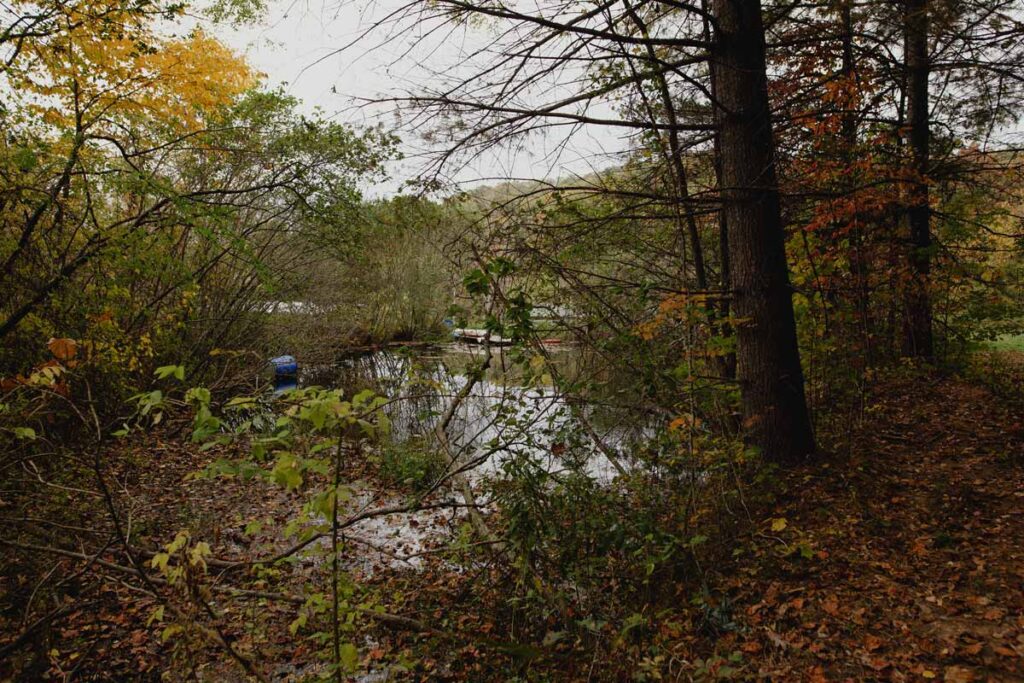
Water Systems (Tips and Pitfalls)
While the land will tell you what to do with it, you must be careful of water pitfalls. Did you know that you can get harvest over 300 gallons of water in eight hours simply by utilizing a water catcher the size of a small pencil?
So if your land doesn’t have a water source, that may not be too much of an issue right now.
Here are some tips about water as well as things to watch out for:
- Water availability can be tricky, but the good news is you can catch water from many different places and then put in systems to move that water where you want it to go. You can catch it from rooftops, streams, creeks, and ground-pressurized water.
- You want to consider how your water systems will be affected if the power goes out. Do you have a way to move your water without electric-generated power?
- Use animals to rehabilitate water concerns. Allow animals 24-hour access to a 20-foot area. While the animals are there, they’ll break down the land. As this happens, the land will begin to adjust the water issues area by area as you continue rotating the animals in different spots. Pro Tip: This temporary short-term access, followed by rest, will allow the animal hoofs to make prints and compact the seeds down, the grasses will grow, and though it may have been a dry area (or a flood issue), the grass is now there to reduce and improve these water issues.
- Build a pond. If you observe low spots where water naturally pools, you can capitalize on this by building a pond, then rerouting the water from the pond where you want it to go.
- You can also utilize surface water springs or French drains.
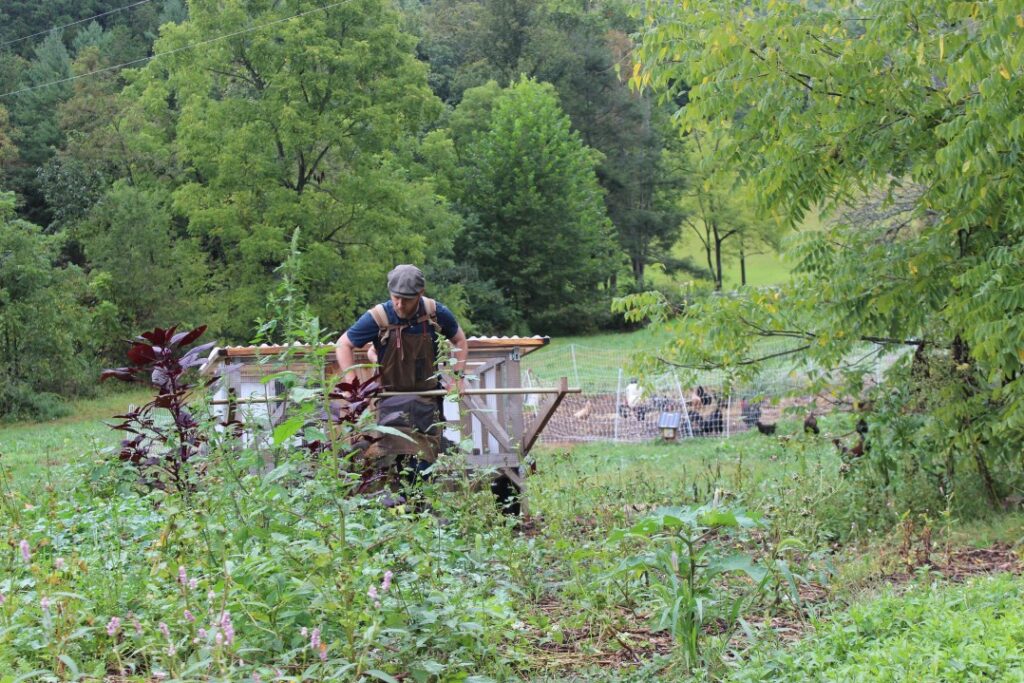
Holistic Farming Approach
With all we have discussed so far, even if you weren’t aware, everything points to reaching the goal of farming the holistic way. Holistic means the whole is made up of all these parts that go together. Holistic farming means that all the effects of your grazing works with the whole ecosystem. Four points are essential.
- A small paddock – A paddock is a small field or enclosure of a grassland type usually used for animal grazing.
- Having short duration – You want your implemented processes to have a small impact/duration.
- Seeing visible impact – It’s essential to see changes made with the processes you have put into place. If you’re not seeing change for the better, it’s time to reevaluate your methods.
- Having complete recovery – The land should have a complete recovery. This will be the final proof that your holistic approach is working at its finest.
When you’re finally on your homestead, knowing what the land is telling you, and knowing what the essentials are will allow you to put some inexpensive plans into place. This will buy you the time to wait out the year to determine precisely what is needed on your land for the long term.
Avoid the water pitfalls and keep to your goal of holistic farming. Shawn and Beth strongly emphasize that any piece of land can be your homestead if you let it tell you what to do.

Invest in Your Know-How
We all have to start somewhere. Know what to look for, what to avoid, have an idea of where you want to end up, and just start. Knowing how to read your land will set you up for success every time.
This blog post is written based on a series inside Abundance Plus called Frugal Homesteading. It’s one of seven videos featuring the Doughterys. Click here to watch the entire first episode of Frugal Homesteading, or sign up for a free 7-day trial to Abundance+.
More Posts You May Enjoy
- How to Grow More Food in Less Time (In Less Than 10 Hours A Week)
- Soil Blocking – Everything You Need to Know
- What Farm Animals Eat in a Day
- Castrating Pigs
- Using Chickens for Garden Pest Control & Disease in Orchards
- Best Cow Breed for Milk
- How Much Does it Cost to Grow a Garden?
- Chicken Coop Ideas – 5 Methods That Work
- Raised Garden Bed Plans
